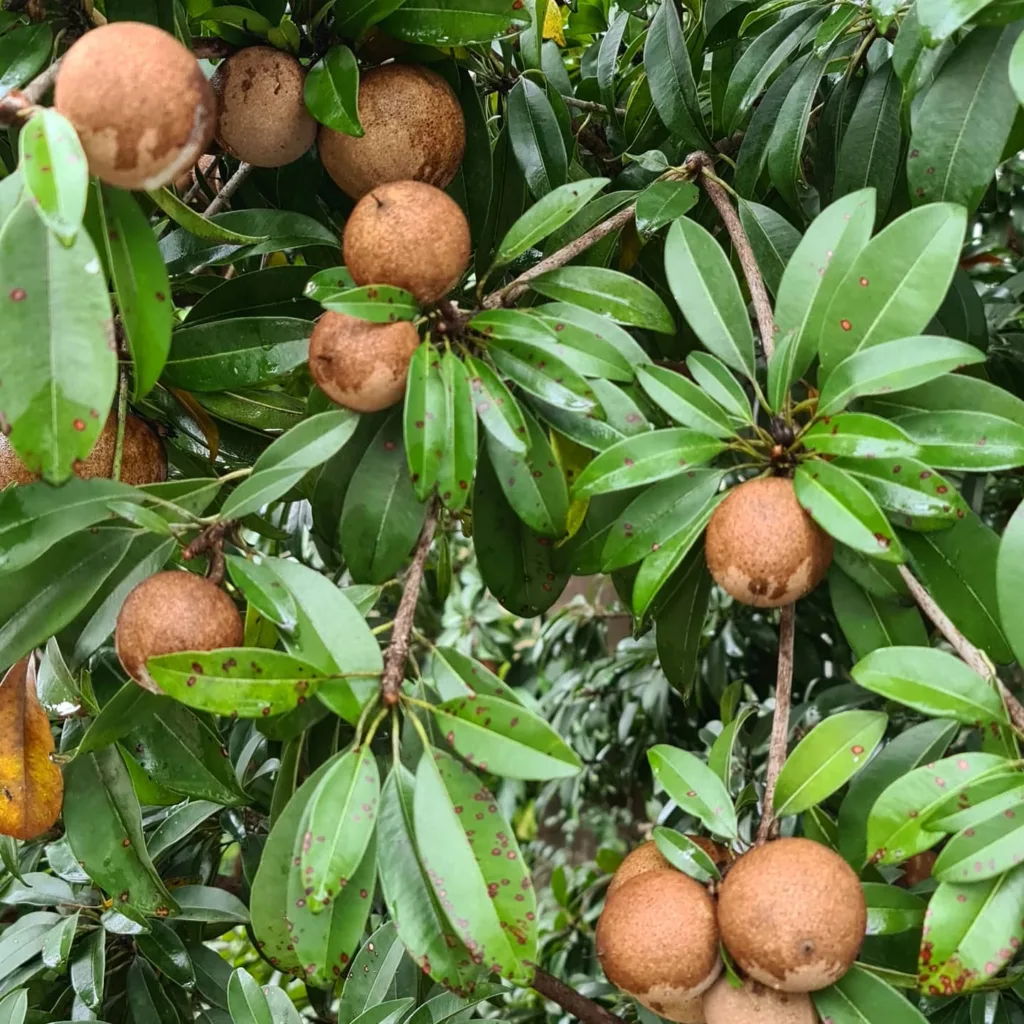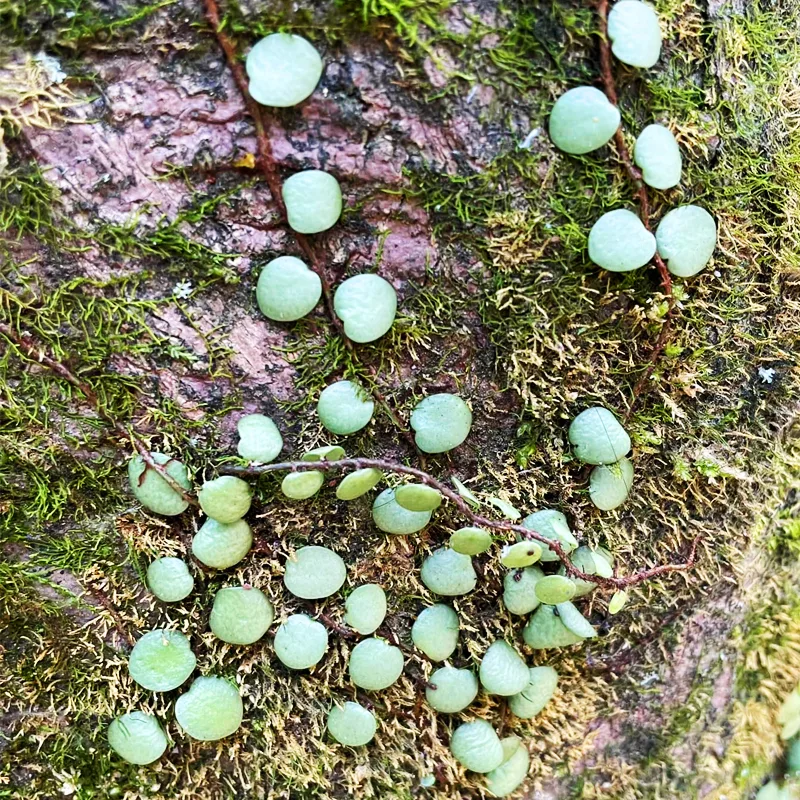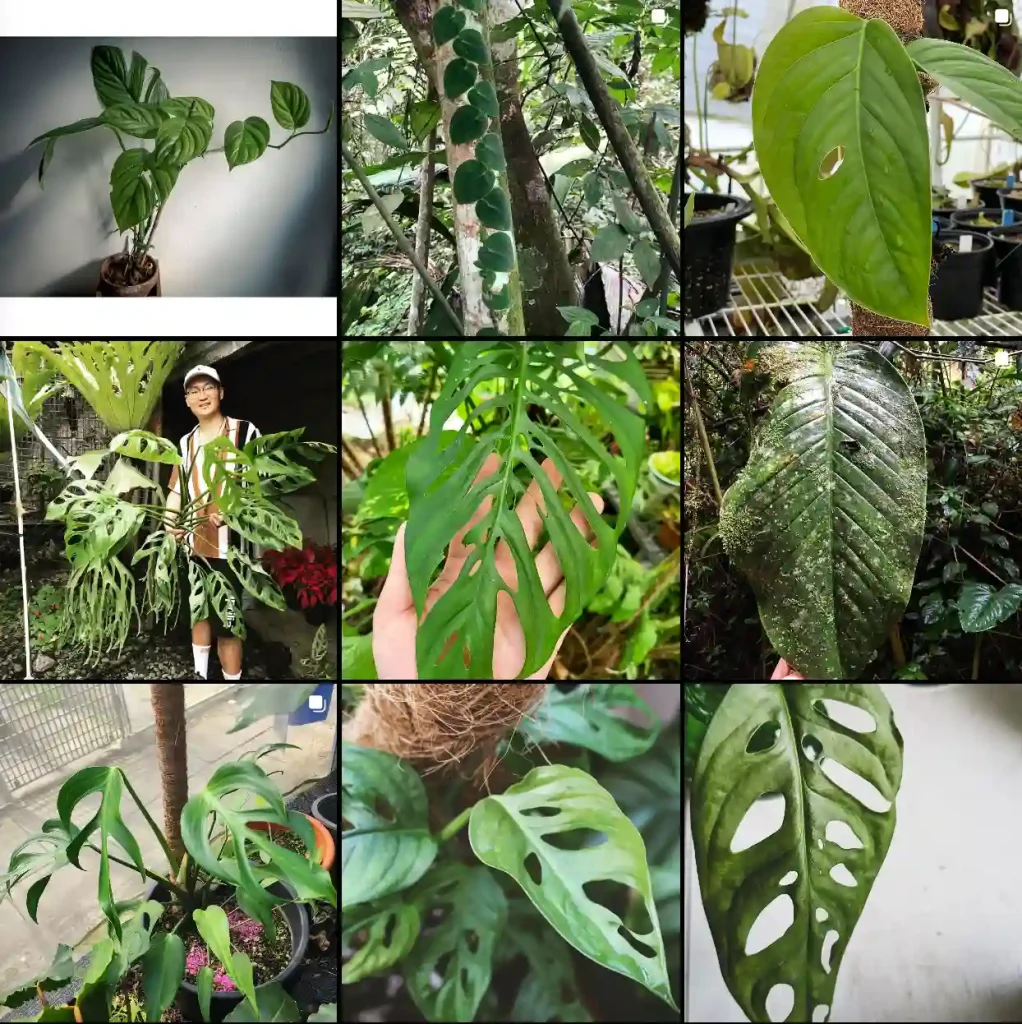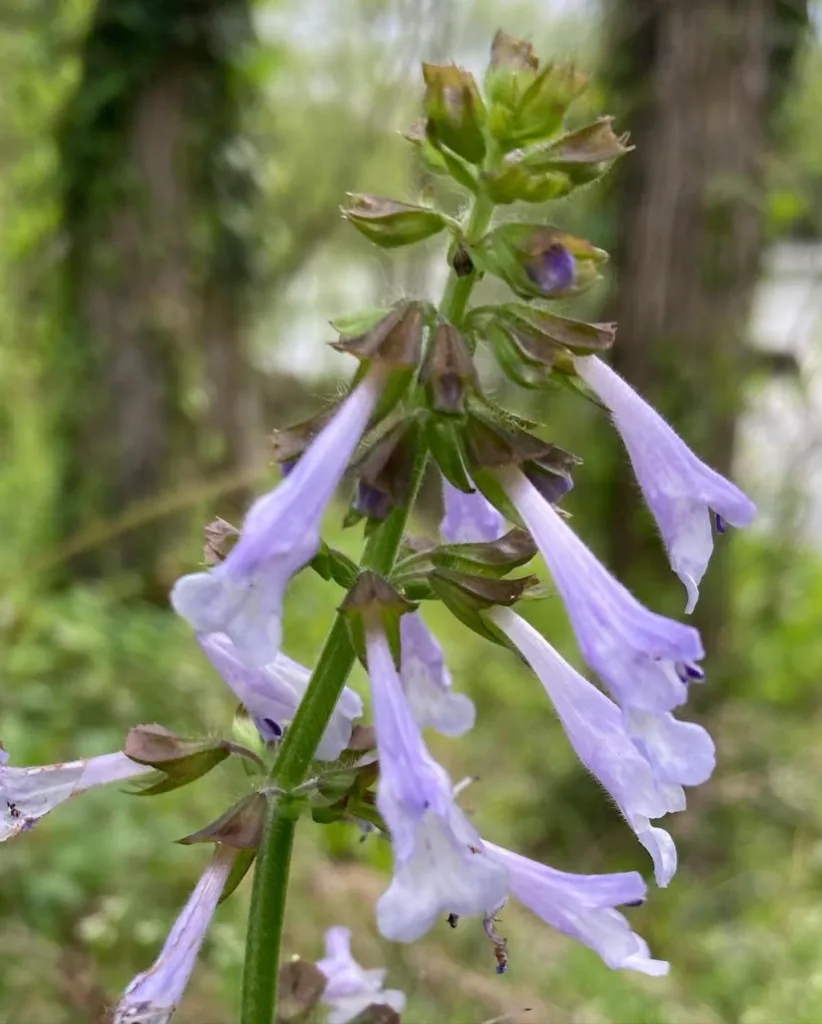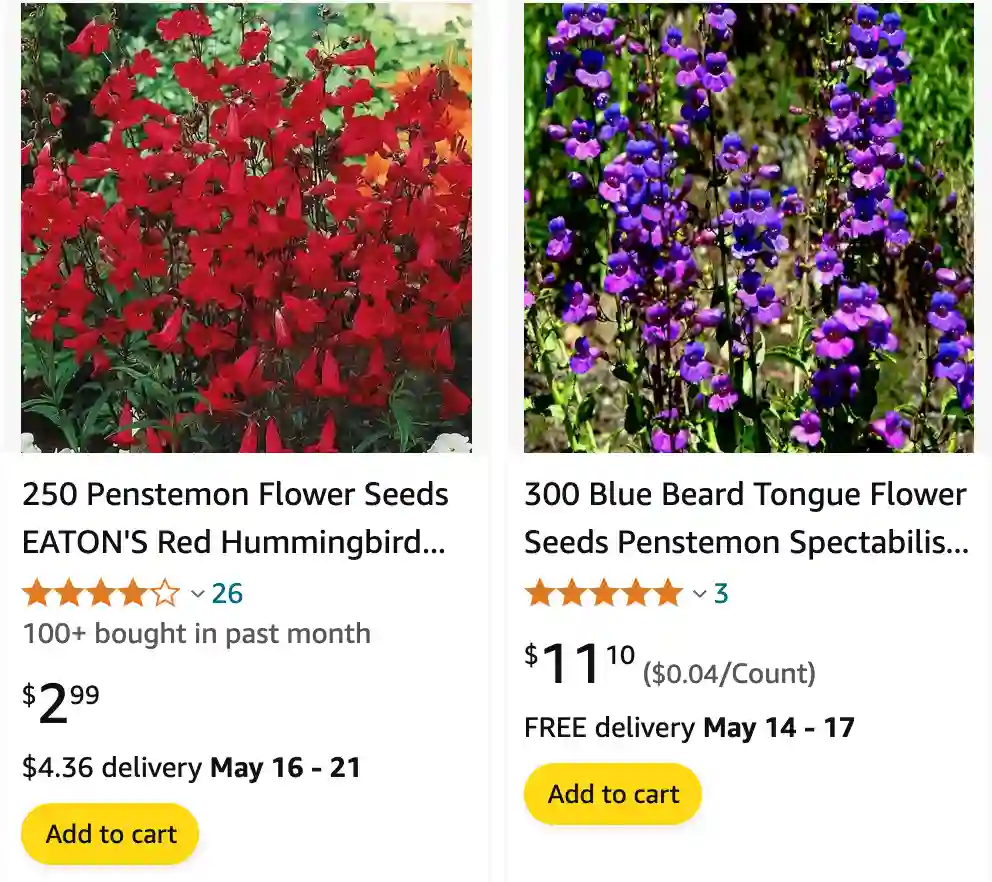
My Love Affair with Penstemon
The first time I saw a Penstemon, I was captivated. It was a vibrant Penstemon ‘Husker Red’, its deep burgundy foliage contrasting beautifully with the delicate, tubular flowers of soft pink. It was like a beacon in the garden, drawing my eye and refusing to let go. That day, my fascination with the Penstemon genus began, and it has only blossomed since.
A Diverse Genus
Penstemon belong to the Plantaginaceae family, or beardtongues as they are affectionately known, are a diverse group of flowering plants native to North America. With over 280 species, they boast a wide array of colors, shapes, and sizes. From the fiery red of Penstemon barbatus to the gentle lavender of Penstemon digitalis, there’s a Penstemon to suit every taste and garden.
- Penstemon abietinus Pennell
- Penstemon absarokensis Evert
- Penstemon acaulis L.O.Williams
- Penstemon acuminatus Douglas ex Lindl.
- Penstemon alamosensis Pennell & Nisbet
- Penstemon albertinus Greene
- Penstemon albidus Nutt.
- Penstemon albifluvis England
- Penstemon albomarginatus M.E.Jones
- Penstemon ambiguus Torr.
- Penstemon ammophilus N.H.Holmgren & L.M.Schultz
- Penstemon amphorellae Crosswh.
- Penstemon angelicus (I.M.Johnst.) Moran
- Penstemon anguineus Eastw.
- Penstemon angustifolius Nutt. ex Pursh
- Penstemon arenarius Greene
- Penstemon arenicola A.Nelson
- Penstemon aridus Rydb.
- Penstemon arkansanus Pennell
- Penstemon atropurpureus (Sweet) G.Don
- Penstemon attenuatus Douglas
- Penstemon atwoodii S.L.Welsh
- Penstemon auriberbis Pennell
- Penstemon australis Small
- Penstemon azureus Benth.
- Penstemon baccharifolius Hook.
- Penstemon barbatus (Cav.) Roth Plant FAQs: Penstemon Barbatus
- Penstemon barnebyi N.H.Holmgren
- Penstemon barrettiae A.Gray
- Penstemon bicolor (Brandegee) Clokey & D.D.Keck
- Penstemon bleaklyi O’Kane & K.D.Heil
- Penstemon bolanius Straw
- Penstemon bracteatus D.D.Keck
- Penstemon bradburyi Pursh
- Penstemon breviculus (D.D.Keck) G.T.Nisbet & R.C.Jacks.
- Penstemon brevisepalus Pennell
- Penstemon buckleyi Pennell
- Penstemon caesius A.Gray
- Penstemon caespitosus Nutt. ex A.Gray
- Penstemon calcareus Brandegee
- Penstemon californicus (Munz & I.M.Johnst.) D.D.Keck
- Penstemon calycosus Small
- Penstemon campanulatus (Cav.) Willd.
- Penstemon canescens Britton
- Penstemon cardinalis Wooton & Standl.
- Penstemon cardwellii Howell
- Penstemon carnosus Pennell
- Penstemon caryi Pennell
- Penstemon cedrosensis Krautter
- Penstemon centranthifolius (Benth.) Benth.
- Penstemon cinicola D.D.Keck
- Penstemon clevelandii A.Gray
- Penstemon clutei A.Nelson
- Penstemon cobaea Nutt.
- Penstemon comarrhenus A.Gray
- Penstemon concinnus D.D.Keck
- Penstemon confertus Douglas
- Penstemon confusus M.E.Jones
- Penstemon crandallii A.Nelson
- Penstemon × crideri A.Nelson
- Penstemon curtiflorus (D.D.Keck) N.H.Holmgren
- Penstemon cusickii A.Gray
- Penstemon cyananthus Hook.
- Penstemon cyaneus Pennell
- Penstemon cyanocaulis Payson
- Penstemon cyathophorus Rydb.
- Penstemon dasyphyllus A.Gray
- Penstemon davidsonii Greene
- Penstemon deamii Pennell
- Penstemon deaveri Crosswh.
- Penstemon debilis O’Kane & J.L.Anderson
- Penstemon degeneri Crosswh.
- Penstemon deustus Douglas
- Penstemon digitalis Nutt. ex Sims Plant FAQs: Penstemon Husker Red – Penstemon Digitalis
- Penstemon diphyllus Rydb.
- Penstemon discolor D.D.Keck
- Penstemon dissectus Elliott
- Penstemon distans N.H.Holmgren
- Penstemon dolius M.E.Jones
- Penstemon × dubius Davidson
- Penstemon duchesnensis (N.H.Holmgren) Neese
- Penstemon dugesii Pérez-Calix & Zacarías
- Penstemon eatonii A.Gray Plant FAQs: Firecracker Penstemon – Penstemon Eatonii
- Penstemon elegantulus Pennell
- Penstemon ellipticus J.M.Coult. & Fisher
- Penstemon eriantherus Nutt. ex Pursh
- Penstemon euglaucus English
- Penstemon eximius D.D.Keck
- Penstemon fasciculatus A.Gray
- Penstemon fendleri Torr. & A.Gray
- Penstemon filiformis (D.D.Keck) D.D.Keck
- Penstemon filisepalis Straw
- Penstemon flavescens Pennell
- Penstemon floribundus Danley
- Penstemon floridus Brandegee
- Penstemon flowersii Neese & S.L.Welsh
- Penstemon franklinii S.L.Welsh
- Penstemon fremontii Torr. & A.Gray
- Penstemon fruticiformis Coville
- Penstemon fruticosus (Pursh) Greene
- Penstemon gairdneri Hook.
- Penstemon galloensis G.L.Nesom
- Penstemon gentianoides (Kunth) Poir.
- Penstemon gentryi Standl.
- Penstemon gibbensii Dorn
- Penstemon glaber Pursh
- Penstemon glandulosus Douglas ex Lindl.
- Penstemon glaucinus Pennell
- Penstemon globosus (Piper) Pennell & D.D.Keck
- Penstemon goodrichii N.H.Holmgren
- Penstemon gormanii Greene
- Penstemon gracilentus A.Gray
- Penstemon gracilis Nutt.
- Penstemon grahamii D.D.Keck
- Penstemon griffinii A.Nelson
- Penstemon grinnellii Eastw.
- Penstemon guadalupensis A.Heller
- Penstemon hallii A.Gray
- Penstemon harbourii A.Gray
- Penstemon harringtonii Penland
- Penstemon hartwegii Benth.
- Penstemon havardii A.Gray
- Penstemon haydenii S.Watson ex J.M.Coult.
- Penstemon henricksonii Straw
- Penstemon hesperius M.E.Peck
- Penstemon heterodoxus A.Gray
- Penstemon heterophyllus Lindl. Plant FAQs: Penstemon Heterophyllus
- Penstemon hidalgensis Straw
- Penstemon hirsutus (L.) Willd. Plant FAQs: Penstemon Hirsutus
- Penstemon humilis Nutt. ex A.Gray
- Penstemon idahoensis N.D.Atwood & S.L.Welsh
- Penstemon imberbis (Kunth) Trautv.
- Penstemon immanifestus N.H.Holmgren
- Penstemon incertus Brandegee
- Penstemon inflatus Crosswh.
- Penstemon isophyllus B.L.Rob.
- Penstemon jamesii Benth.
- Penstemon janishiae N.H.Holmgren
- Penstemon × jonesii Pennell
- Penstemon kingii S.Watson
- Penstemon kralii D.Estes
- Penstemon labrosus (A.Gray) Mast. ex Hook.f.
- Penstemon laetus A.Gray
- Penstemon laevigatus Aiton
- Penstemon laevis Pennell
- Penstemon lanceolatus Benth.
- Penstemon laricifolius Hook. & Arn.
- Penstemon laxiflorus Pennell
- Penstemon laxus A.Nelson
- Penstemon leiophyllus Pennell
- Penstemon lemhiensis (D.D.Keck) D.D.Keck & Cronquist
- Penstemon lentus Pennell
- Penstemon leonardii Rydb.
- Penstemon leonensis Straw
- Penstemon linarioides A.Gray
- Penstemon longiflorus (Pennell) S.L.Clark
- Penstemon luteus G.L.Nesom
- Penstemon lyallii (A.Gray) A.Gray
- Penstemon marcusii (D.D.Keck) N.H.Holmgren
- Penstemon mensarum Pennell
- Penstemon metcalfei Wooton & Standl.
- Penstemon miniatus Lindl.
- Penstemon × mirus A.Nelson
- Penstemon miser A.Gray
- Penstemon moffatii Eastw.
- Penstemon mohinoranus Straw
- Penstemon monoensis A.Heller
- Penstemon montanus Greene
- Penstemon moriahensis N.H.Holmgren
- Penstemon × moronensis Crosswh.
- Penstemon mucronatus N.H.Holmgren
- Penstemon multiflorus (Benth.) Chapm. ex Small
- Penstemon murrayanus Hook.
- Penstemon nanus D.D.Keck
- Penstemon navajoa N.H.Holmgren
- Penstemon neomexicanus Wooton & Standl.
- Penstemon neotericus D.D.Keck
- Penstemon newberryi A.Gray
- Penstemon nitidus Douglas ex Benth.
- Penstemon nudiflorus A.Gray
- Penstemon occiduus Straw
- Penstemon oklahomensis Pennell
- Penstemon oliganthus Wooton & Standl.
- Penstemon ophianthus Pennell
- Penstemon osterhoutii Pennell
- Penstemon ovatus Douglas
- Penstemon pachyphyllus A.Gray ex Rydb.
- Penstemon pahutensis N.H.Holmgren
- Penstemon pallidus Small
- Penstemon palmeri A.Gray Plant FAQs: Penstemon Palmeri
- Penstemon papillatus J.T.Howell
- Penstemon × parishii A.Gray
- Penstemon parryi A.Gray Plant FAQs: Penstemon Parryi
- Penstemon parvulus (A.Gray) Krautter
- Penstemon parvus Pennell
- Penstemon patens (M.E.Jones) N.H.Holmgren
- Penstemon payettensis A.Nelson & J.F.Macbr.
- Penstemon paysoniorum D.D.Keck
- Penstemon peckii Pennell
- Penstemon × peirsonii Munz & I.M.Johnst.
- Penstemon penlandii W.A.Weber
- Penstemon pennellianus D.D.Keck
- Penstemon perfoliatus Al.Brongn.
- Penstemon perpulcher A.Nelson
- Penstemon personatus D.D.Keck
- Penstemon petiolatus Brandegee
- Penstemon pinifolius Greene Plant FAQs: Penstemon Pinifolius – Pineleaf Penstemon
- Penstemon pinorum L.M.Shultz & J.S.Shultz
- Penstemon plagapineus Straw
- Penstemon platyphyllus Rydb.
- Penstemon potosinus Straw
- Penstemon pratensis Greene
- Penstemon procerus Douglas ex Graham
- Penstemon pruinosus Douglas
- Penstemon pseudoparvus Crosswh.
- Penstemon pseudoputus (Crosswh.) N.H.Holmgren
- Penstemon pseudospectabilis M.E.Jones
- Penstemon pudicus Reveal & Beatley
- Penstemon pumilus Nutt.
- Penstemon punctatus Brandegee
- Penstemon purpusii Brandegee
- Penstemon putus A.Nelson
- Penstemon radicosus A.Nelson
- Penstemon rattanii A.Gray
- Penstemon reidmoranii Zacarías & A.Wolfe
- Penstemon retrorsus Payson
- Penstemon rhizomatosus N.H.Holmgren
- Penstemon richardsonii Douglas ex Lindl.
- Penstemon roezlii Regel
- Penstemon roseus (Cerv. ex Sweet) G.Don
- Penstemon rostriflorus Kellogg
- Penstemon rotundifolius A.Gray
- Penstemon rubicundus D.D.Keck
- Penstemon rupicola (Piper) Howell
- Penstemon rydbergii A.Nelson
- Penstemon salmonensis N.H.Holmgren
- Penstemon saltarius Crosswh.
- Penstemon saxosorum Pennell
- Penstemon scapoides D.D.Keck
- Penstemon scariosus Pennell
- Penstemon schaffneri (Hemsl.) Straw
- Penstemon secundiflorus Benth.
- Penstemon seorsus (A.Nelson) D.D.Keck
- Penstemon sepalulus A.Nelson
- Penstemon serrulatus Menzies ex Sm.
- Penstemon smallii A.Heller
- Penstemon spatulatus Pennell
- Penstemon speciosus Douglas
- Penstemon spectabilis Thurb. ex A.Gray Plant FAQs: Penstemon Spectabilis
- Penstemon stenophyllus A.Gray
- Penstemon stephensii Brandegee
- Penstemon strictiformis Rydb.
- Penstemon strictus Benth.
- Penstemon subglaber Rydb.
- Penstemon subserratus Pennell
- Penstemon subulatus M.E.Jones
- Penstemon sudans M.E.Jones
- Penstemon superbus A.Nelson
- Penstemon tenuiflorus Pennell
- Penstemon tenuifolius Benth.
- Penstemon tenuis Small Plant FAQs: Penstemon Tenuis – Brazos Penstemon
- Penstemon tepicensis Straw
- Penstemon teucrioides Greene
- Penstemon thompsoniae (A.Gray) Rydb.
- Penstemon thurberi Torr.
- Penstemon tidestromii Pennell
- Penstemon tiehmii N.H.Holmgren
- Penstemon tracyi D.D.Keck
- Penstemon triflorus A.Heller
- Penstemon triphyllus Douglas
- Penstemon tubaeflorus Nutt.
- Penstemon uintahensis Pennell
- Penstemon utahensis Eastw.
- Penstemon venustus Douglas
- Penstemon virens Pennell ex Rydb.
- Penstemon virgatus A.Gray
- Penstemon vizcainensis Moran
- Penstemon vulcanellus Crosswh.
- Penstemon wardii A.Gray
- Penstemon washingtonensis D.D.Keck
- Penstemon watsonii A.Gray
- Penstemon wendtiorum B.L.Turner
- Penstemon whippleanus A.Gray
- Penstemon wilcoxii Rydb.
- Penstemon wislizeni (A.Gray) Straw
- Penstemon wrightii Hook.
- Penstemon xylus A.Nelson
- Penstemon yampaensis Penland
Is beardtongue invasive?
In my experience, beardtongue isn’t particularly invasive in the garden. It tends to stay where you plant it without spreading aggressively. However, it can self-seed if you let the spent flowers drop seeds, so I usually deadhead them to prevent any unwanted spreading.
How to deadhead beardtongue?
Deadheading beardtongue is pretty straightforward. Once the flowers start to fade and dry up, I simply pinch them off at the base with my fingers or use scissors if they’re tough. This not only tidies up the plant but also encourages more blooms throughout the season.
Is beardtongue deer resistant?
From what I’ve observed, beardtongue seems to be relatively deer-resistant. Deer tend to leave it alone in my garden, even when they’re munching on other nearby plants. However, it’s worth noting that deer preferences can vary depending on factors like population density and available food sources.
Is beardtongue poisonous to dogs?
I’ve done some research on this because I have a dog, and from what I’ve found, beardtongue isn’t considered toxic to dogs. Of course, it’s always a good idea to monitor pets around any new plants and consult with a veterinarian if you have concerns about their safety.
Do hummingbirds like beardtongue?
Absolutely! In my garden, I’ve noticed that hummingbirds are attracted to beardtongue flowers. The tubular shape of the blossoms is perfect for their long, slender beaks, and they seem to visit them frequently during the blooming season, which is always a joy to watch.
Do rabbits eat beardtongue?
Fortunately, rabbits haven’t shown much interest in my beardtongue plants. It seems that they prefer other types of vegetation in my garden, so my beardtongue plants have remained untouched by rabbit nibbles.
How to care for beardtongue?
Caring for beardtongue is relatively straightforward. They thrive in well-drained soil and prefer full sun but can tolerate some light shade. Regular watering is important, especially during dry spells, to keep the soil consistently moist but not waterlogged. However, once established, they’re quite drought-tolerant. Pruning spent flowers can encourage more blooms and maintain a tidy appearance. Additionally, applying a layer of mulch around the base of the plants helps retain moisture and suppress weeds. Overall, beardtongue is a low-maintenance plant that adds vibrant color and attracts pollinators to the garden.
How to propagate beardtongue?
Propagating beardtongue can be done through division or by collecting seeds. I’ve had success dividing mature plants in early spring or fall, making sure each division has roots attached. Collecting seeds from dried flower heads and planting them in well-prepared soil in the fall can also yield new plants.
When does beardtongue bloom?
Beardtongue typically blooms from late spring to early summer in my area. The exact timing can vary depending on the specific variety and local climate conditions, but I usually start seeing their colorful flowers around May or June.
Are beardtongue edible?
While some plants in the Penstemon genus have traditional medicinal uses, I haven’t come across any information suggesting that beardtongue is commonly consumed as food. As always, it’s essential to be cautious with wild or unfamiliar plants and verify their edibility before considering them for culinary use.
Are beardtongues perennials?
Yes, beardtongues are perennials, meaning they come back year after year from the same root system. With proper care, they can live for several years, providing beautiful blooms each spring and summer.
Are beardtongues the same as snapdragons?
While both beardtongues (Penstemon) and snapdragons (Antirrhinum) belong to the Plantaginaceae family and share similarities in flower shape, they are different genera with distinct characteristics. Beardtongues typically have tubular flowers and are native to North America, while snapdragons have more open, “snap-like” flowers and are often grown as annuals or tender perennials.
Penstemon vs Cupids Dart
I’ve found Penstemon to be hardier and easier to care for compared to Cupid’s Dart. The Penstemon’s vibrant blooms last longer through the season, giving my garden a burst of color well into late summer. Cupid’s Dart, while beautiful with its delicate blue flowers, requires more attention to soil conditions and watering, which sometimes makes it more challenging to grow consistently.
Penstemon vs Foxglove
Penstemon’s versatility and drought tolerance make it a standout in my garden compared to Foxglove. While Foxglove has that classic cottage garden charm with its tall spikes of bell-shaped flowers, I find Penstemon to be more reliable in varying weather conditions. Plus, Penstemon attracts more pollinators like bees and butterflies, adding an extra ecological benefit to my garden space.
Penstemon vs Salvia
I lean towards Penstemon over Salvia for its sheer variety in colors and shapes. I’ve grown several Penstemon varieties, each bringing a unique flair to different parts of my garden. Salvia, although also attractive to pollinators and easy to grow, tends to have a more limited color range in my experience. Penstemon’s ability to thrive in both full sun and partial shade gives me more flexibility in landscaping.
Penstemon vs Zauschneria
Zauschneria, or California Fuchsia, adds a fiery burst of red-orange blooms in late summer, but Penstemon wins out for me due to its longer flowering season and broader range of cultivars. I’ve enjoyed experimenting with different Penstemon species, from the compact ‘Husker Red’ to the showy ‘Electric Blue’. While Zauschneria is great for late-season color and hummingbird attraction, Penstemon offers more diversity and adaptability in my garden beds.
If i die, water my plants!
